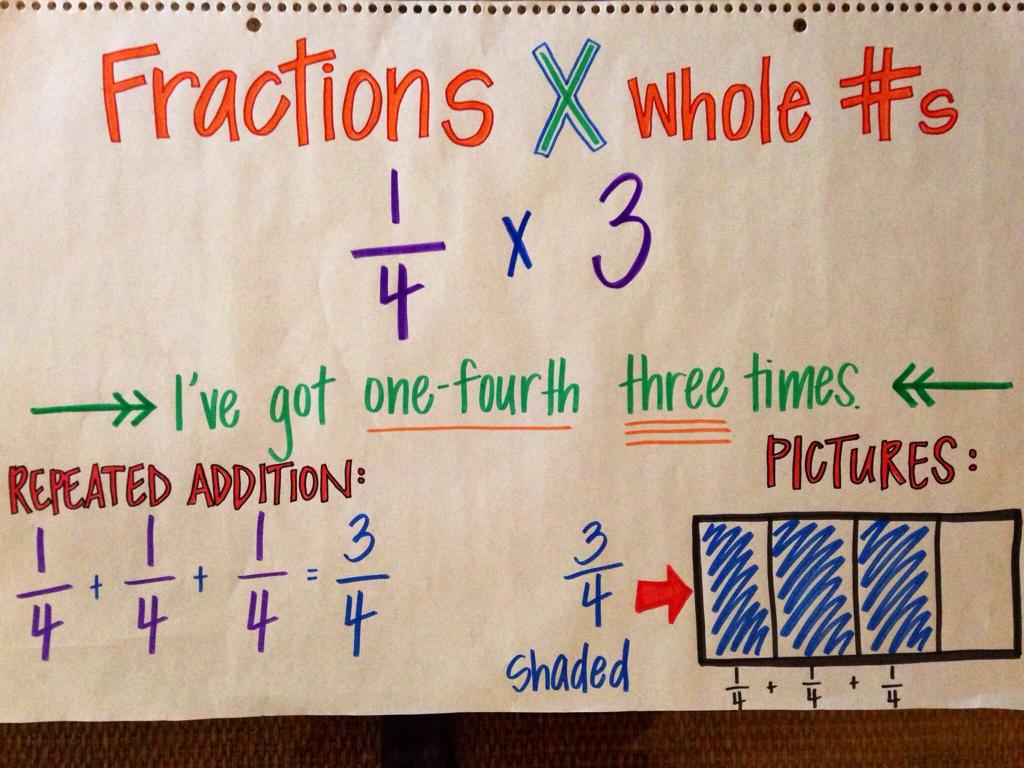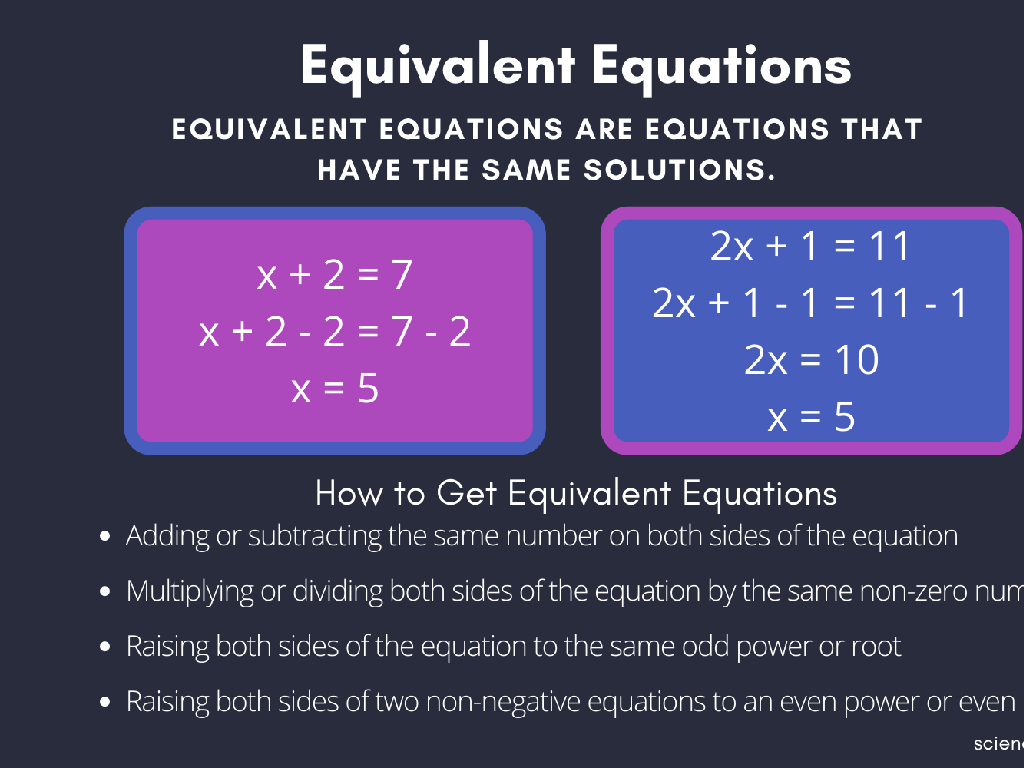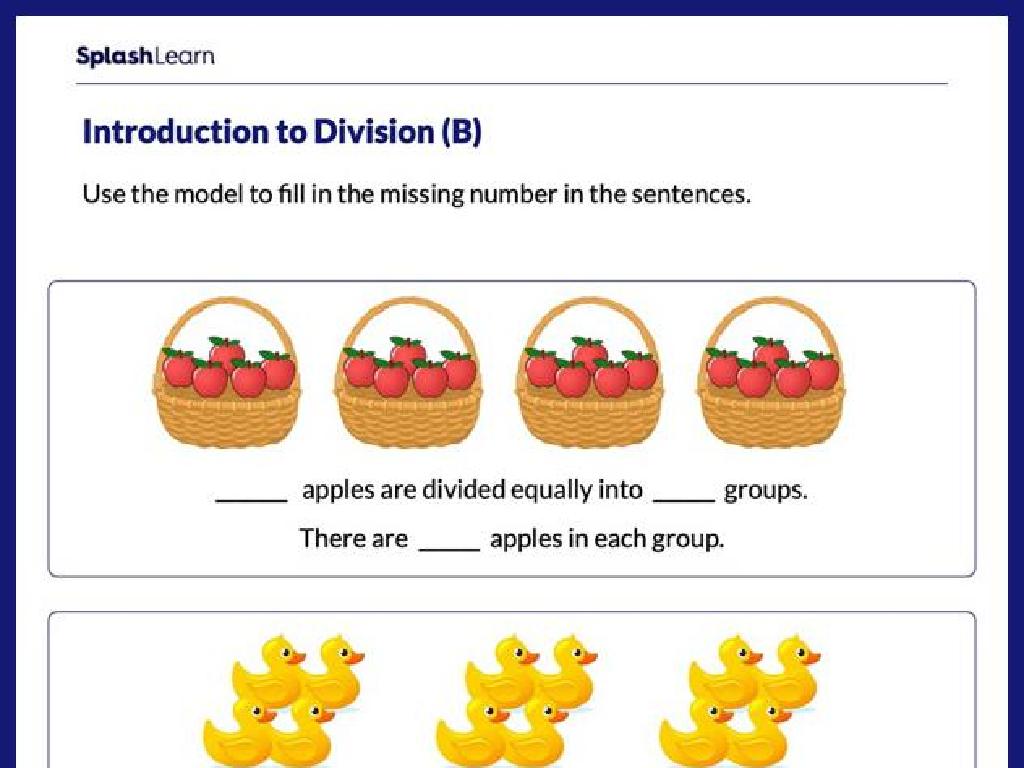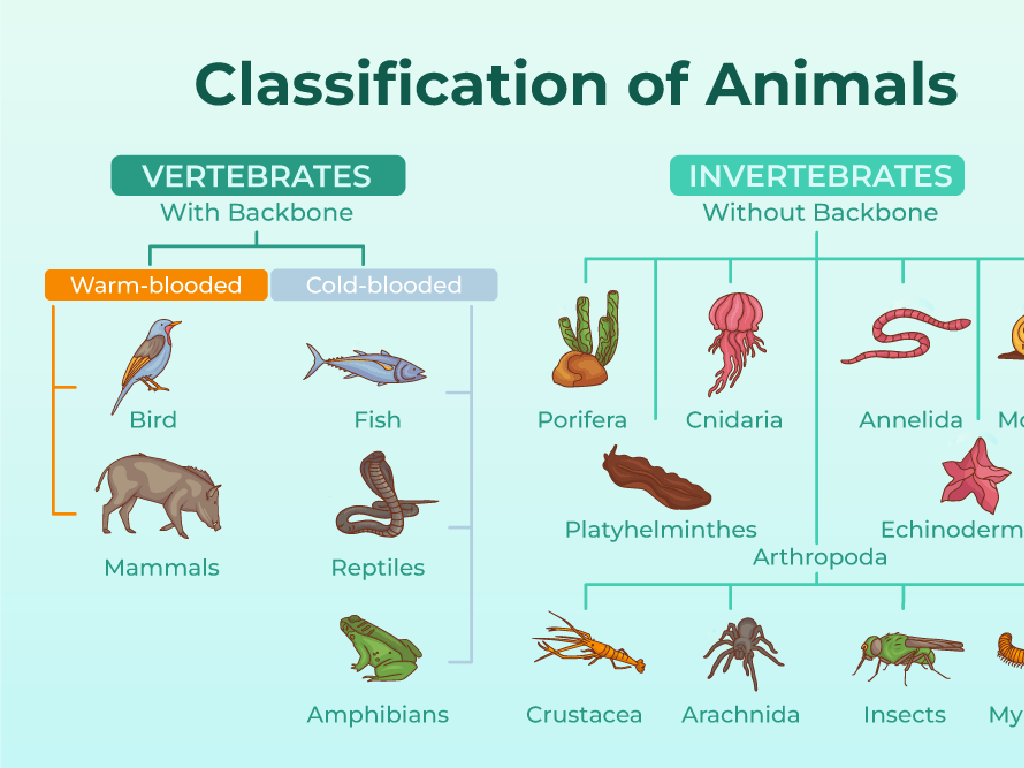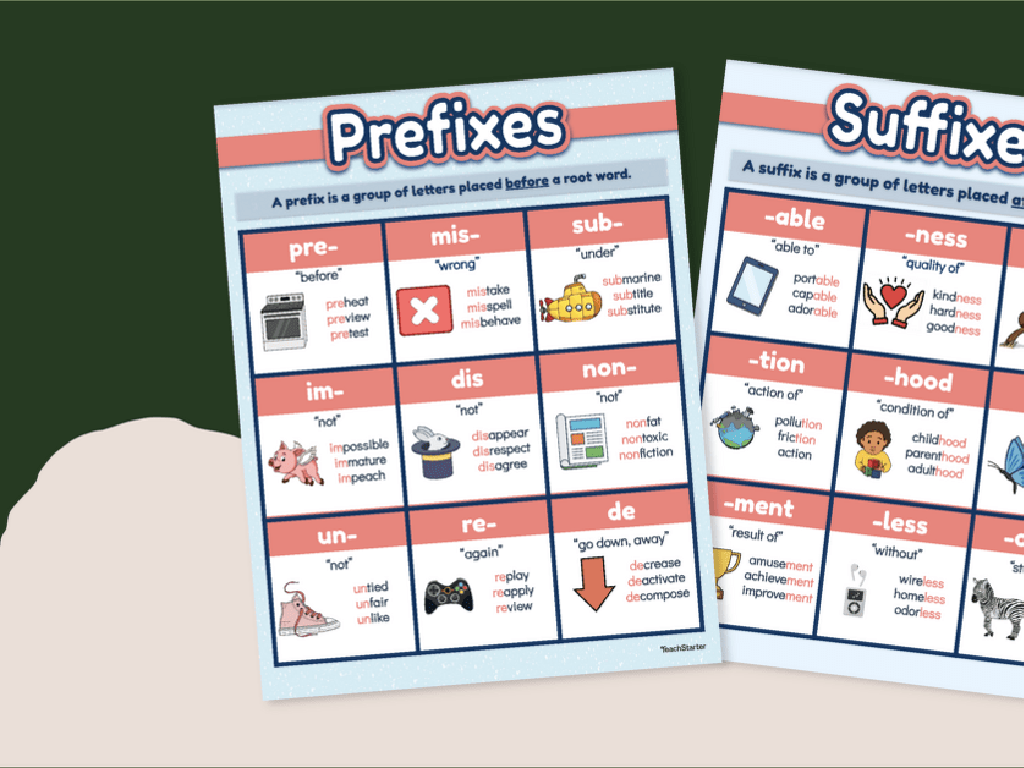Select The 50 States
Subject: Social studies
Grade: Fourth grade
Topic: States
Please LOG IN to download the presentation. Access is available to registered users only.
View More Content
Exploring the 50 States of America
– What is a state?
– A state is a region with its own government and laws
– The United States has 50 states
– From Alabama to Wyoming, the U.S. is diverse
– Each state has its own capital
– Capitals are where state governments are based
– States have unique symbols
– Like state birds, flowers, and flags!
|
This slide introduces the concept of a state and the fact that the United States is comprised of 50 individual states, each with its own government, capital, and unique symbols such as state birds, flowers, and flags. It’s important to convey to the students that each state contributes to the country’s diversity with its own history, geography, and culture. Encourage the students to think about their own state and what makes it special. You can later expand on this by exploring the location of each state on a map, discussing the role of state capitals, and perhaps even touching on how states work together as part of a larger nation.
What is a State?
– Definition of a state
– A state is a region with its own government and laws
– States as part of the USA
– The USA is made up of 50 states, each with a unique role
– Each state has its own rules
– Just like our class has rules, each state has its own laws
– States have their own leaders
– Every state elects a governor, like a class elects a president
|
This slide introduces the concept of a state to fourth-grade students. Begin by explaining that a state is a specific area with its own government, similar to how their school is part of a larger district. Highlight that the United States is comprised of 50 individual states, each contributing to the country as a whole. Discuss how each state has its own set of laws, which are like the rules students follow in their classroom, and how each state has a governor, akin to a class president. This will help students relate the concept of state governance to their own experiences. Encourage students to think about their own state and what special rules or leaders it might have.
Exploring the 50 States of America
– Learn all 50 state names
– Discover each state’s flag
– Each state has a unique flag representing its history and values
– Know state capital cities
– Capitals like Sacramento, CA; Austin, TX; and Denver, CO
– Engage with fun facts
– Did you know? Alaska is the largest state by area, and Rhode Island is the smallest!
|
This slide is aimed at introducing fourth-grade students to the 50 states of the United States. Start by engaging students with a map showing all the states and their names. Then, display the flags of each state, highlighting the diversity and history represented by each one. Pick a few states and discuss their capital cities, ensuring to include a mix from different parts of the country. To make the lesson interactive, you can ask students if they know any state capitals or facts about their state’s flag. Incorporate fun facts to keep the students interested, such as mentioning the state with the most lakes (Minnesota) or the state where the chocolate chip cookie was invented (Massachusetts). The goal is to make the learning process enjoyable and memorable.
Locating States on the Map
– Use the map to find states
– Learn states’ relative locations
– See which states are neighbors
– Recognize states by shape
– Each state has a unique outline
– Understand states’ positions
– Know where each state sits in the USA
|
This slide is aimed at helping fourth-grade students learn how to locate and identify the 50 states on a map. Encourage the students to use a map to point out each state, focusing on understanding where each state is in relation to others. Discuss how the shape and position of states can serve as clues to their identity. For example, Florida is easily recognizable by its ‘panhandle’ and peninsula shape. Provide a blank map for students to practice on and consider using fun activities like ‘state bingo’ or ‘find the state’ to make the learning process interactive and enjoyable. The goal is for students to be able to recognize states by their shape and understand their geographical position within the United States.
State Nicknames and Symbols
– Discover unique state nicknames
– Explore state symbols
– Each state has a bird, flower, and tree
– California: The Golden State
– Known for its golden poppies
– Texas: The Lone Star State
– Named for its famous single star on the flag
|
This slide introduces students to the concept of state nicknames and symbols, which are an important part of each state’s identity and heritage. Start by explaining that every state in the U.S. has its own nickname and set of symbols that represent its natural environment and cultural history. Provide examples such as California, known as ‘The Golden State’ because of the Gold Rush and its golden poppies, and Texas, called ‘The Lone Star State’ due to the single star on its flag symbolizing its former status as an independent republic. Encourage students to learn about their own state’s nickname and symbols and to research the reasons behind them. This activity can be a fun way for students to connect with their state’s history and geography.
Fun Facts About the 50 States
– Each state has unique facts
– For example, did you know Florida is known for its oranges?
– Famous landmarks to visit
– Like the Statue of Liberty in New York
– Every state’s special traditions
– Texas is famous for its rodeos
– Celebrate with fun festivals
– Minnesota has the fun ‘Ice Fishing Festival’
|
This slide aims to spark interest in the diversity of the United States by sharing fun facts and notable characteristics of each state. Encourage students to think about what makes their own state special and to research other states that interest them. Discuss famous landmarks and historical sites that they may want to visit, like Mount Rushmore or the Grand Canyon. Talk about unique traditions, such as Georgia’s peach festivals or Alaska’s Iditarod sled dog race. Highlight the importance of festivals and how they bring communities together, like Hawaii’s Aloha Festivals. This will help students appreciate the rich cultural tapestry that makes up our nation.
Class Activity: State Scavenger Hunt
– Find states starting with ‘M’
– Look for states with names that begin with the letter M.
– States bordering the Pacific
– Which states are on the west coast of the USA?
– State with largest land area
– Hint: It’s in the north and very cold!
– Discuss findings with the class
|
This interactive class activity is designed to help students learn about the 50 states through a fun scavenger hunt. Students will search for states beginning with the letter ‘M’, locate states that border the Pacific Ocean, and identify the state with the largest land area. Teachers should prepare a map of the United States for each student or group, and possibly provide atlases or access to online maps. Possible activities: 1) Students can color in the states they find on a map. 2) Pair students up for a team challenge. 3) Create a timed challenge for who can find all the states first. 4) Have students present interesting facts about the states they find. 5) Encourage students to write a short paragraph about why they think the state with the largest land area has such a vast size.
Wrapping Up: The 50 States of America
– Quick recap of all 50 states
– Why it’s important to know them
– Knowing states helps us understand our nation’s geography and history.
– Next class: State Capitals
– Start thinking about the capitals for each state.
– Review your notes and maps
– Look at your map to see where each state is located.
|
This slide aims to summarize our journey through the 50 states of the United States. It’s crucial for students to recognize the significance of understanding the country’s geography as it ties into history, culture, and current events. Encourage students to review their notes and familiarize themselves with the location of each state on a map. For the next class, students should begin to prepare by thinking about the capitals associated with each state. This will help them make connections between the states and their capitals, reinforcing their geographical knowledge. Consider sending home a list of states and their capitals for students to match as homework.

